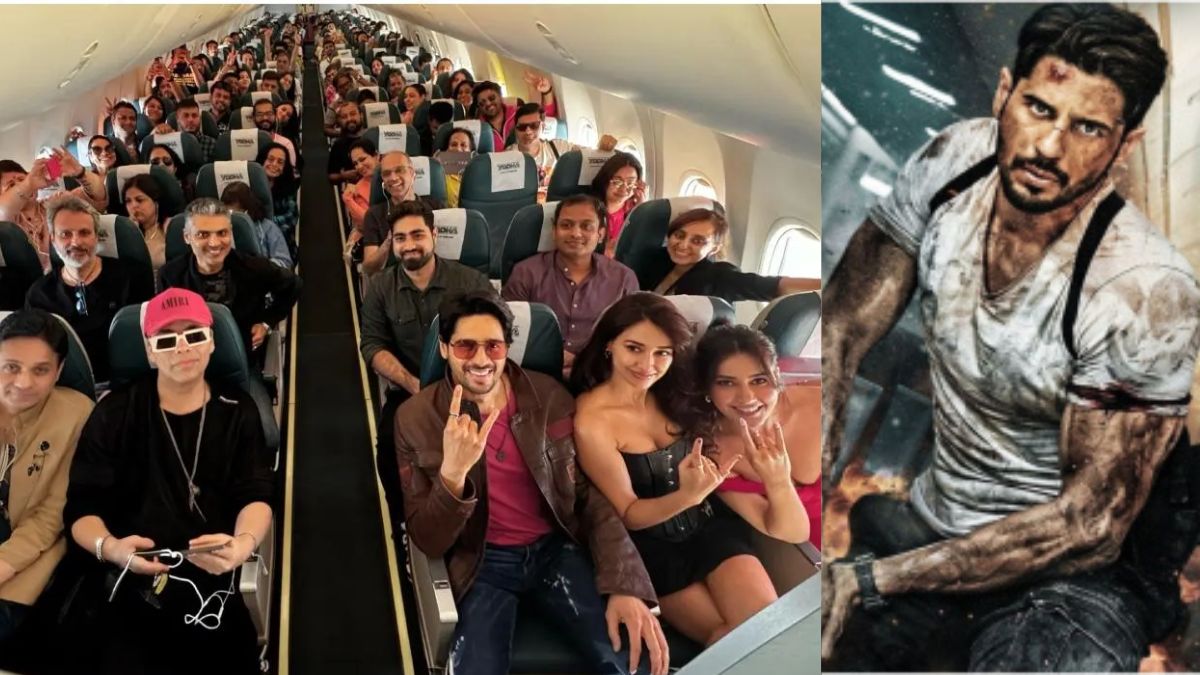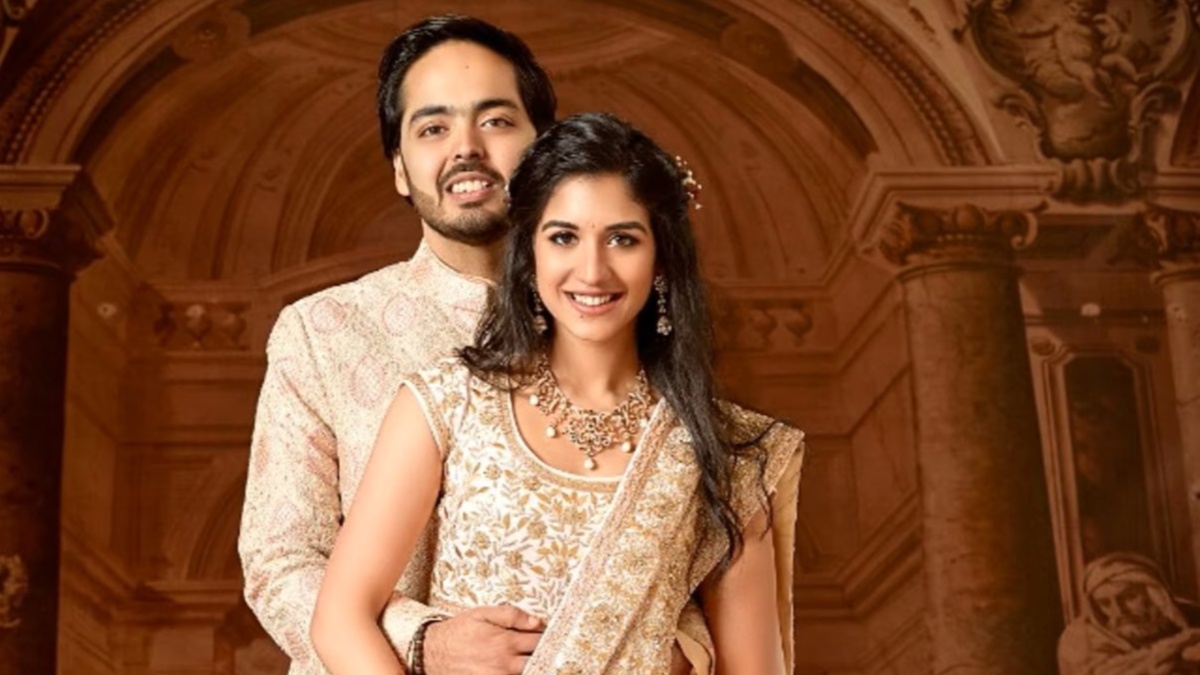You cannot listen to a Bappi Lahiri playlist, and not think of Usha Uthup.
Although the singer has sung for a wide range of composers — with RD Burman giving her almost as much mileage as him — Uthup’s collaboration with Bappi Lahiri has become synonymous with the disco sound of the 1980s. So much so that among the first three Bappi Lahiri songs you sing, Uthup’s would be easily the first or the second. Think ‘Hari Om Hari,’ ‘Ramba Ho,’ ‘Koi Yahan Aha Nache Nache,’ or even ‘Uri Uri Baba.’
There are many attributes that unite them not just musically but personality-wise as well. On the surface of things, both of them have personas on and off the stage that are so unique. A big bindi and Kanjeevaram sari may be par for the singer in the south but Uthup has taken it a step further by innovating with the bindi, being generous with the floral hair accessories, and never being seen without a ready smile; elements that have contributed to creating a distinguishing look. Be it on stage or off it, this has been Uthup’s style for decades: take it or leave it.
Bappi Lahiri too has had a similar attitude that was fiercely individualistic and easily identifiable. With the flashiest of gold chains and rings, gold-rimmed sunglasses, and a jovial smile, Bappi Lahiri was the life of any party or public gathering he went to.
Together, the singer and the composer aligned their sartorial senses and musical acumen to create the most timeless parts of both their discographies.
To some extent, both could relate to feeling outlier to an industry that could be very insular. The film industry could be notoriously cliquey, and Uthup would certainly know a thing or two about finding work at a time when the Mangeshkar sisters were ruling the roost. Legend has it that Burman was delighted with the rehearsals of Dum Maro Dum but was allegedly arm-twisted into letting Asha Bhosla sing the song. That did not stop Uthup from immortalising the title song from the same film, Hare Rama Hare Krishna.
Having a deep voice for a female singer is cherished across so many disciplines of classical music the world over; it is the soul of the blues and jazz, it is almost a prerequisite in Carnatic music. In Bollywood, a female playback singer was, for the longest time, considered to be feted if she had an almost shrill, high register voice. Uthup did not let that come in the way of finding her own voice and owning it.
Bappi Lahiri, on so many levels, could relate to that constant sense of not fitting into a mould. He was wholly aware of the jibes at his gold chains and the derision his copycat tendencies were met with it but in being an amalgam of his heroes [Elvis, Boney M and more>, Bappi Lahiri owned his unique personality. No seriously, he patented his gold chain-riddled appearance because there were just so many people out there wanting to look and be like him.
Both Usha Uthup and Bappi Lahiri have repeatedly spoken about being unwaveringly optimistic as people, and the industry is replete with stories of their kindness towards their colleagues. Having faced discrimination and dejection for being their own people, both their dossiers of films and concerts reflect how important it has been to them to promote new talent.
Together, the magic that both Usha Uthup and Bappi Lahiri created was an extension of their personas, and the coming together of two strong voices that refused to be typecast. Their wide exposure to world genres of music gave them an edge in an industry that prescribed the 4/4 beat structure and the C Major expectations. Experimenting with the vocal range, emoting through words, and challenging each other’s comfort zones played a big part in their collaboration frequently coming up with newer sounds.
Take the song from Wardat [1981>, ‘Tu Mujhe Jaan Se Bhi Pyaara Hai,’ that gives off unmistakable ‘Aap Jaisa Koi’ vibes. With the delicate xylophone setting the tone and beat, Uthup gives this song with a disco vibe that is not necessarily all foot-tapping dance style. She pushes her voice in ‘Koi Yahan Aha Nache Nache’ to tinker along with Bappi Lahiri’s synthesizer, creating for us listeners a feeling of great camaraderie between the composer and the singer.
This sense of fun is a defining quality in the music that they created together. You cannot help but imagine an incredibly joyous space when you listen to their songs; it is almost like they knew in their bones what it takes to use music to create something melodic yet infinitely entertaining. This is the gift that kept giving, and continues to give us today.
If Uthup could channelise her inner Freddie Mercury and Aretha Franklin with ease, Bappi Lahiri knew how to harness her baritone to commercial gains. The female playback singer monopoly in the Hindi film industry essentially left little space for a woman with a deep voice to find a foothold. That did not deter Lahiri, who wanted to use Uthup’s voice no matter what.
And so became the most iconic and unusual of collaborations between Lahiri’s composition, Uthup’s voice, and Mithun Chakraborty’s gyration. That has left such an indelible mark on our idea of Bappi Lahiri, our idea of Usha Uthup, our idea of Mithun Chakraborty. It has been our very definition of the 1980s in Bollywood — a discotheque of an era.
Senior journalist Lakshmi Govindrajan Javeri has spent a good part of two decades chronicling the arts, culture and lifestyles.
Read all the Latest News , Trending News , Cricket News , Bollywood News , India News and Entertainment News here. Follow us on Facebook , Twitter and Instagram .;
)
)
)
)
)